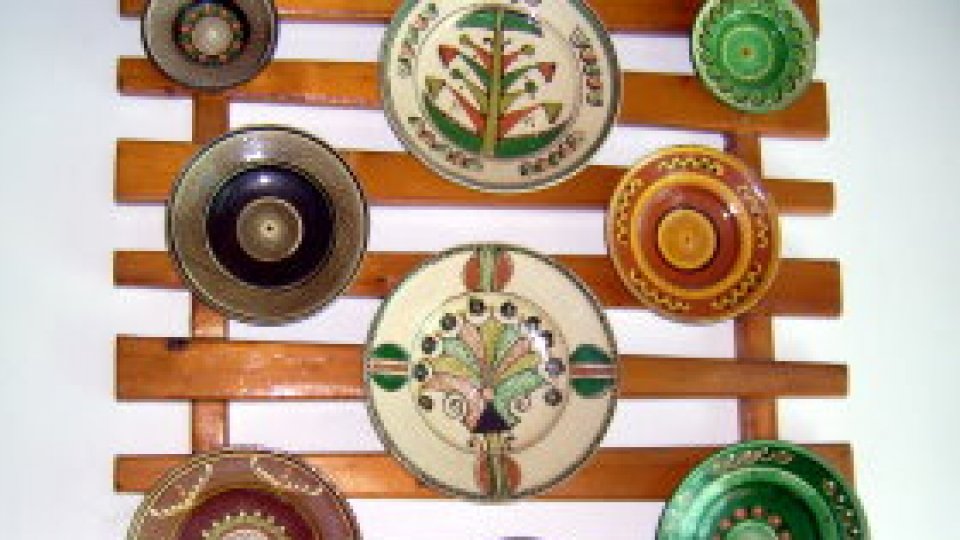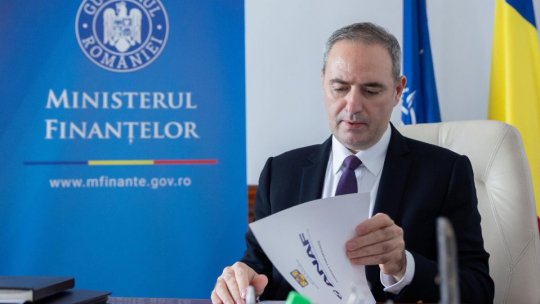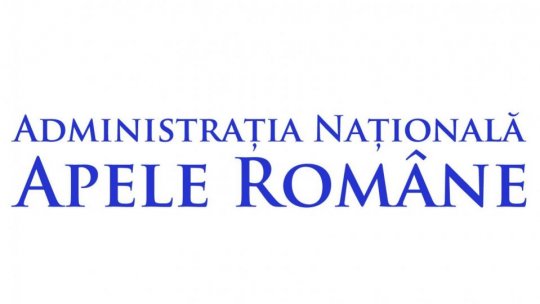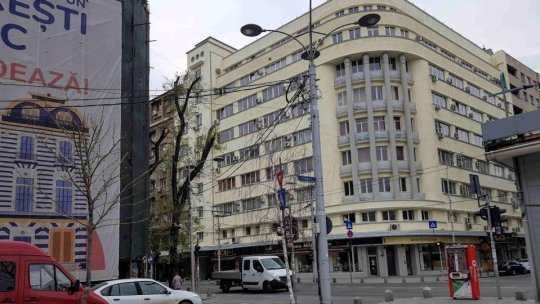Horezu ceramics included in the UNESCO cultural heritage
The decision was made in Paris by UNESCO's Intergovernmental Committee, composed of representatives from 24 countries.

Articol de Roxana Vasile, Paris, 07 Decembrie 2012, 12:04
Horezu pottery was recorded on Thursday, on the representative list of the Intangible Cultural Heritage of Humanity.
The decision was taken in Paris, by UNESCO's Intergovernmental Committee, composed of representatives from 24 countries.
The application describes Horezu ceramics as a unique traditional handicraft.
Undersecretary of State in the Ministry of Culture, Mrs. Irina Cajal, thanked the participants for voting.
"In the last decade, UNESCO has included in the list of Intangible Cultural Heritage representative of our items second most prestigious national folklore: doina and Căluşarii.
"We are deeply grateful for the recognition that you give us this year by including the same list of Horezu ceramics, another valuable flagship element of our cultural identity," says Irina Cajal.
Single technical processing clay
"Horezu Pottery represents a traditional craft unique hand made in Valcea County," it is read in the application.
The potters clay chose and then extract the clay that they clean for dirt, cut it, sprinkle it, knead it with their hands and feet, turning it into a paste that creates a red ceramic.
Each object is modeled by a separate manual technical, is decorated with traditional motifs in bright colors, and then put in the oven.
Director of the Romanian Peasant Museum, Virgil Niţulescu, calls for this unique technique to not lose or alter.
"There are many elements of the Intangible Cultural Heritage representative on this list, which is why I think we, Romanians, have a duty to perpetuate this technique.
"Perhaps it should be said that if the ceramic achieving custom, under the same conditions, with the same materials and the same reasons would be lost, then the item would be removed from the list. He remains on the list as long as it is alive," said Virgil Niţulescu.
Translated by Alexandra-Diana Mircea
MTTLC, Bucharest University













